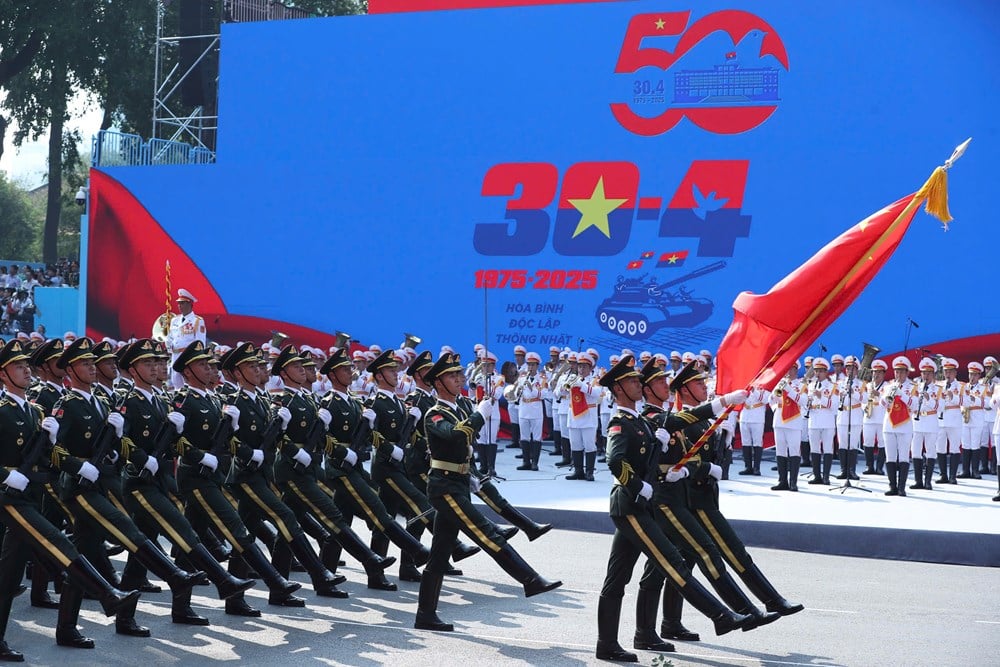
The 80th anniversary of National Day 2.9 is approaching with great anticipation from the public.
According to Dr. Bui Quoc Liem ( Lecturer of Professional Communication, Faculty of Communication and Design, RMIT University Vietnam ), Vietnam can turn this important event into a media launch pad, affirming its position and national spirit in the eyes of international friends.
In the context of deep globalization, national image is no longer an abstract concept but has become a strategic asset that needs to be professionally managed.
Special event PR – also known as communication activities surrounding major events – has emerged as an effective tool in nation branding.
Unlike destination marketing or city marketing, national branding strategy aims at the overall image of a country: from politics , economy, culture to people.
In particular, special events of international stature act as “media launch pads” to bring the country closer to the global public.
Around the world , events such as the Olympics, summits, and world exhibitions (EXPOs) are not only places for exchange but also stages for countries to demonstrate their values, identities, organizational capacity, and roles in the international community.
Global presence through these events helps countries accelerate the process of building a positive image, instead of waiting for the effects of long-term campaigns.
Especially in the age of digital media, information can spread instantly, helping events transcend geographical borders and reach millions of global audiences.
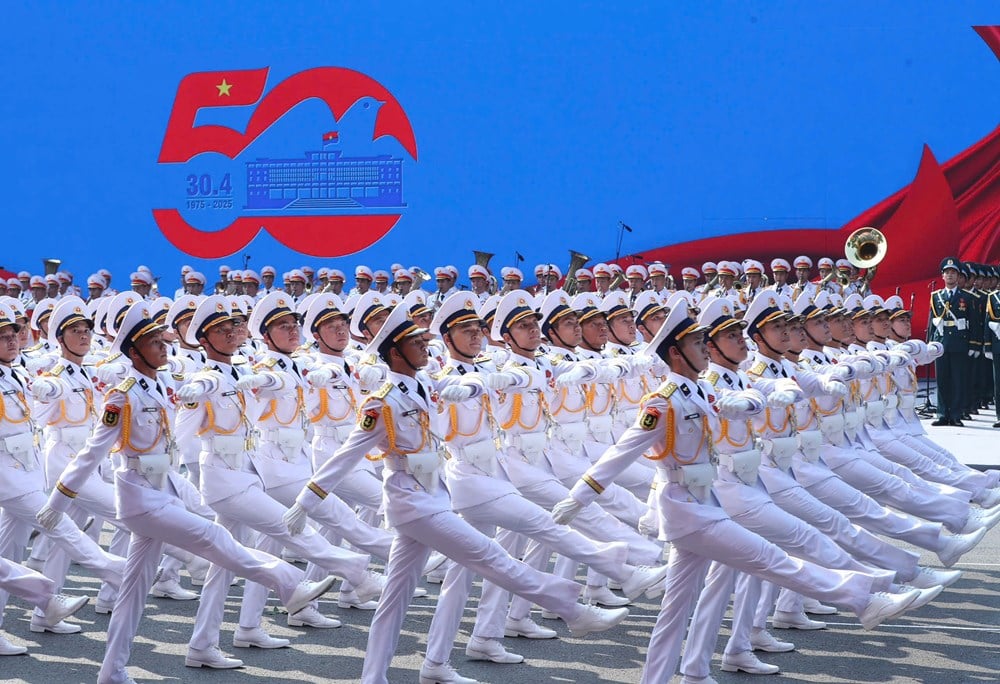
The recent military parade to celebrate the 50th anniversary of the Liberation of the South and National Reunification Day (April 30, 1975 – April 30, 2025) is a prominent example of how Vietnam has taken advantage of a special event to strengthen its national branding strategy.
The event not only has great historical significance, evoking national pride, but is also considered a sharp national PR strategic decision.
Organizing a grand and professional celebration in Ho Chi Minh City not only demonstrates national defense strength but also conveys the message of a peaceful , stable and developing country.
More than 13,000 people from the armed forces, police, militia, veterans, youth, women, students and overseas Vietnamese representatives participated in the parade.
One of Vietnam's major goals in organizing this event is to reaffirm national sovereignty and independence, while spreading the value of peace and aspirations for development.
The celebration is an opportunity to affirm Vietnam's capacity to organize large-scale events, while positioning the country as a partner of stature and mettle in the international arena, both maintaining historical traditions and actively integrating.
After the success of the April 30th celebration, the program to celebrate the 80th anniversary of the August Revolution and National Day in Hanoi is expected to create a strong effect, with many rich opportunities to share the image of Vietnam and the Vietnamese national spirit with friends around the world.
To ensure maximum coverage, the PR and communication strategy of a national event needs to be implemented comprehensively through various channels.
Inviting international press and reporters from major news agencies to cover the event will create a continuous and in-depth flow of information. International television stations can broadcast live, helping the event's images and messages reach millions of viewers.
Social media has become an effective dissemination tool, allowing information to be updated instantly and creating multi-dimensional interactions with the global public. Collaboration with international media partners as well as influencers (KOLs) helps expand influence and reach a diverse audience.
In addition, the event's official website acts as an “information hub” with authentic, updated, and consistent content.
To increase communication effectiveness, core messages were integrated into the overall design and organization of the event. For the two major events this year in Vietnam, values such as peace, stability, sustainable development and national cultural identity were frequently emphasized.
The image of a "nation for peace" and a "successful post-war development model" is demonstrated through organizational details, rather than just statements. The "show, don't just tell" approach helps increase credibility and emotional impact on the international public.
In addition, the success of these national PR strategies depends on the synchronous coordination between functional agencies: the Ministry of Foreign Affairs coordinates foreign communications, tourism, culture and sports management agencies carry out parallel promotional activities, organize sideline programs for international press, thereby ensuring a consistent message and optimizing the media impact of the event.

Major events can help Vietnam be seen as an important player in the region and the world, and position itself as a model of prosperous economic development and an example of post-war recovery.
This represents an enhanced soft power capability, contributing significantly to the country’s diplomatic standing, familiarity and reputation. In addition, the impressive growth in tourism statistics following the event also provides strong empirical evidence of tangible economic benefits.
Special events provide a golden opportunity to promote the image of the country, its people and its development potential. Through global media, the country's cultural elements, cuisine and natural beauty are introduced effectively and authentically.
At the same time, these events are also an important foundation to promote economic cooperation, attract foreign investment through the signing of major agreements, and strengthen investors' confidence in the country's political stability and economic growth.
Leveraging the positive image of the country from the event becomes an invaluable asset in long-term branding strategy.
To build sustainable national brand value, post-event communication plays an essential role in maintaining and developing the initial positive effects.
This requires a continuous outreach and engagement strategy across multiple platforms, including tourism promotion campaigns, cultural diplomacy initiatives and leveraging digital media channels.
The true success of event PR lies in the ability to turn abstract concepts into concrete, memorable perceptions and sustain them in a sustainable way, authentically representing the soft power attributes of the country.
What is the biggest lesson here? Special event PR is not just a single communication activity, but part of a comprehensive national strategy, requiring close coordination between government agencies, businesses, media and the international community.
In the era of soft diplomacy, the country that knows how to tell its story convincingly and consistently will win the hearts of the global public.
Source: https://baovanhoa.vn/van-hoa/tan-dung-su-kien-lon-de-phat-trien-thuong-hieu-quoc-gia-lau-dai-163617.html



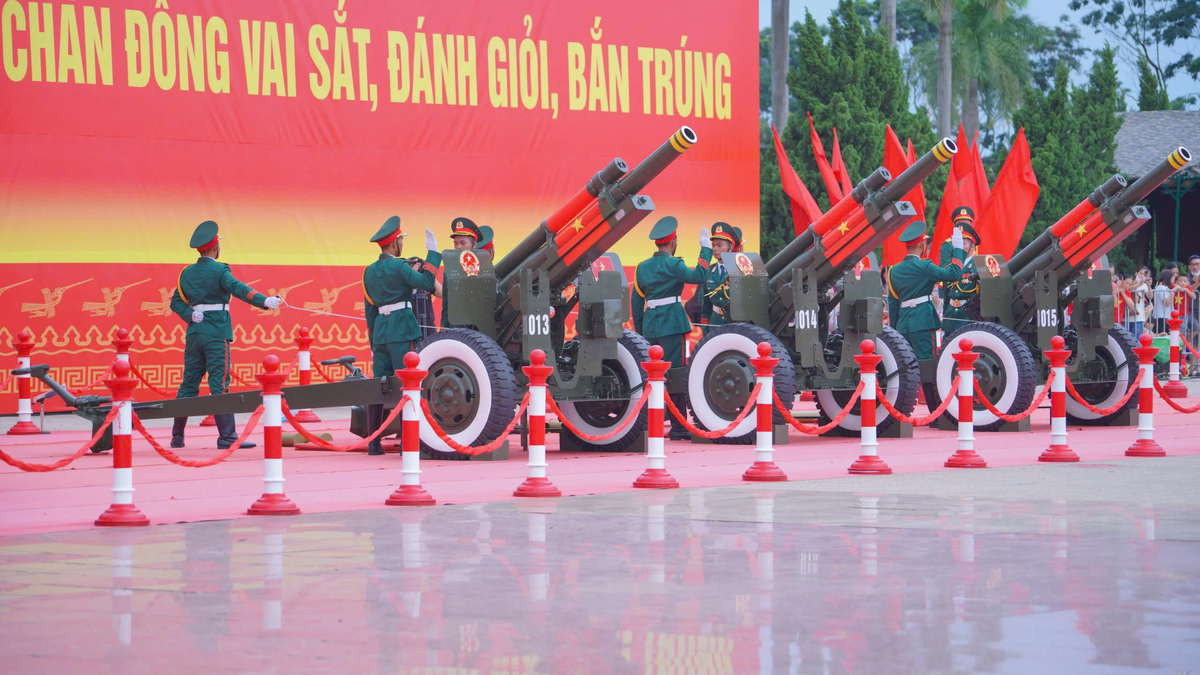
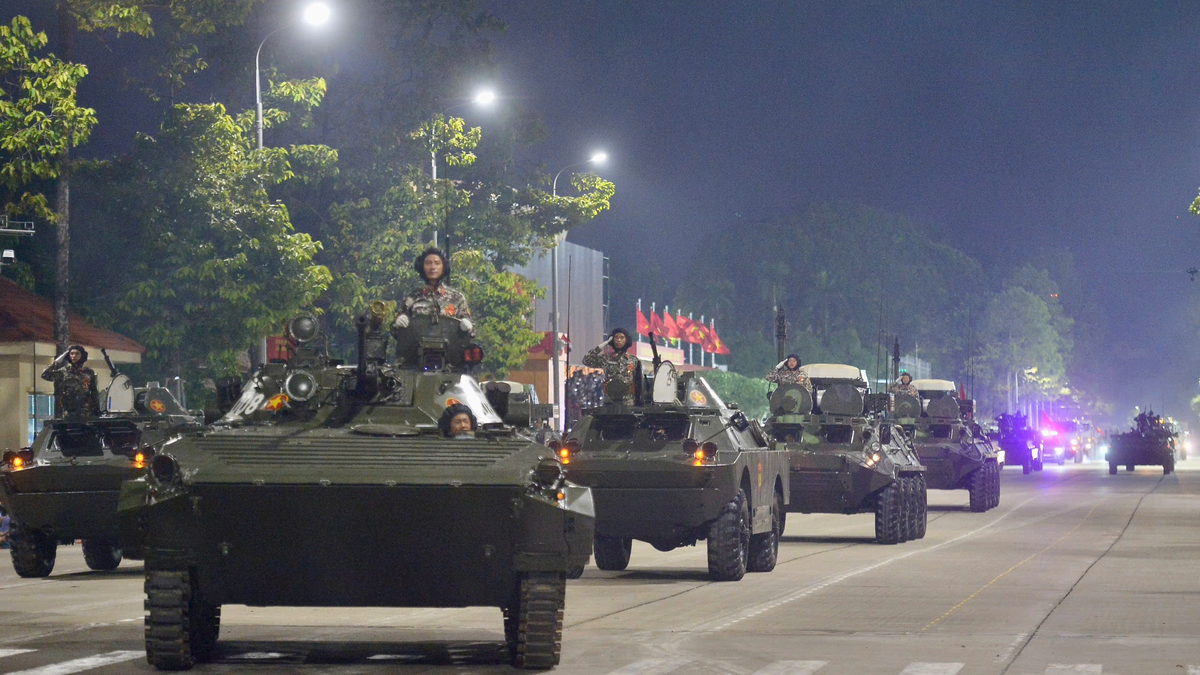
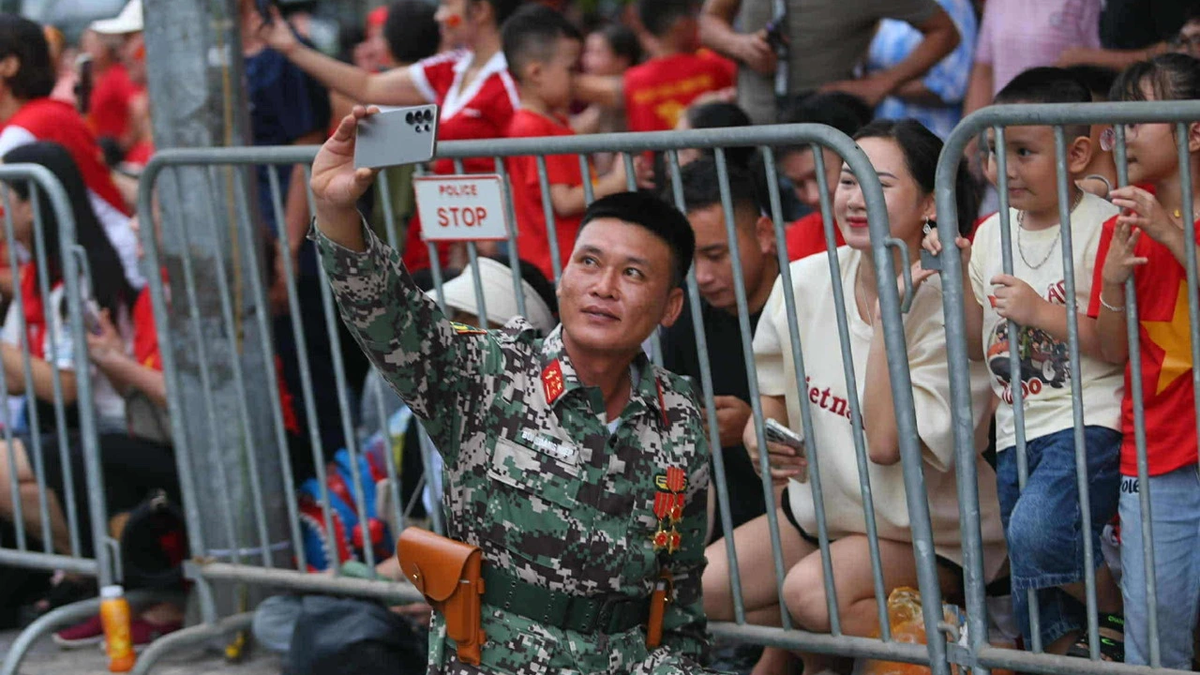
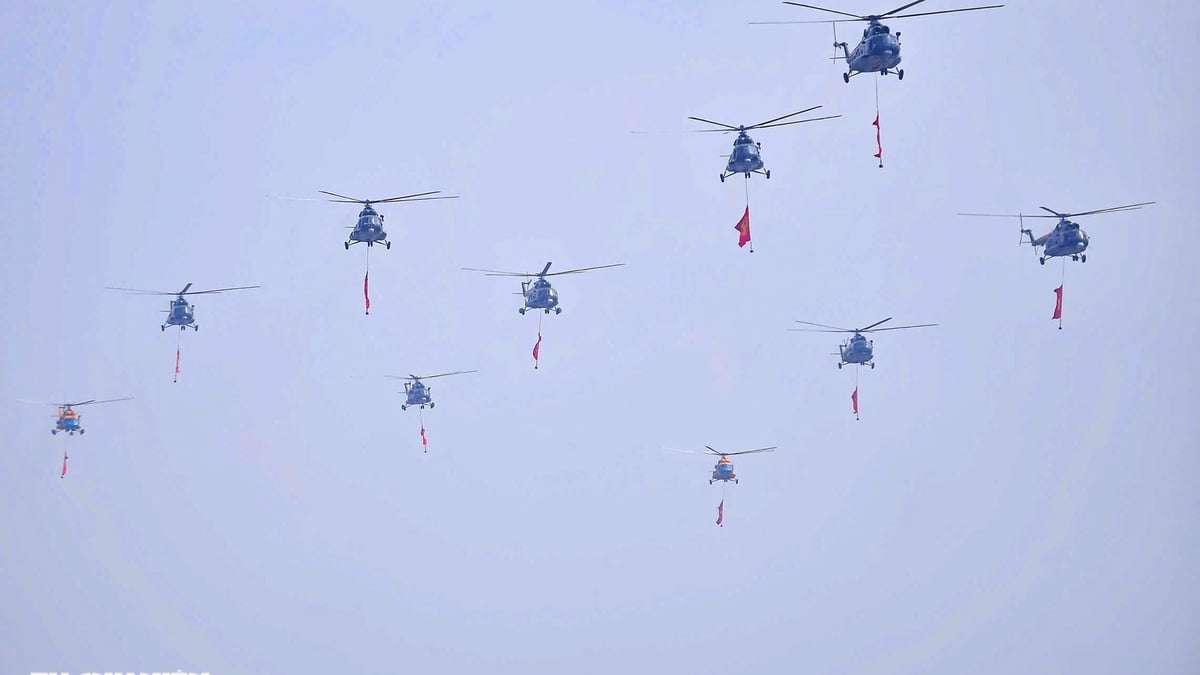
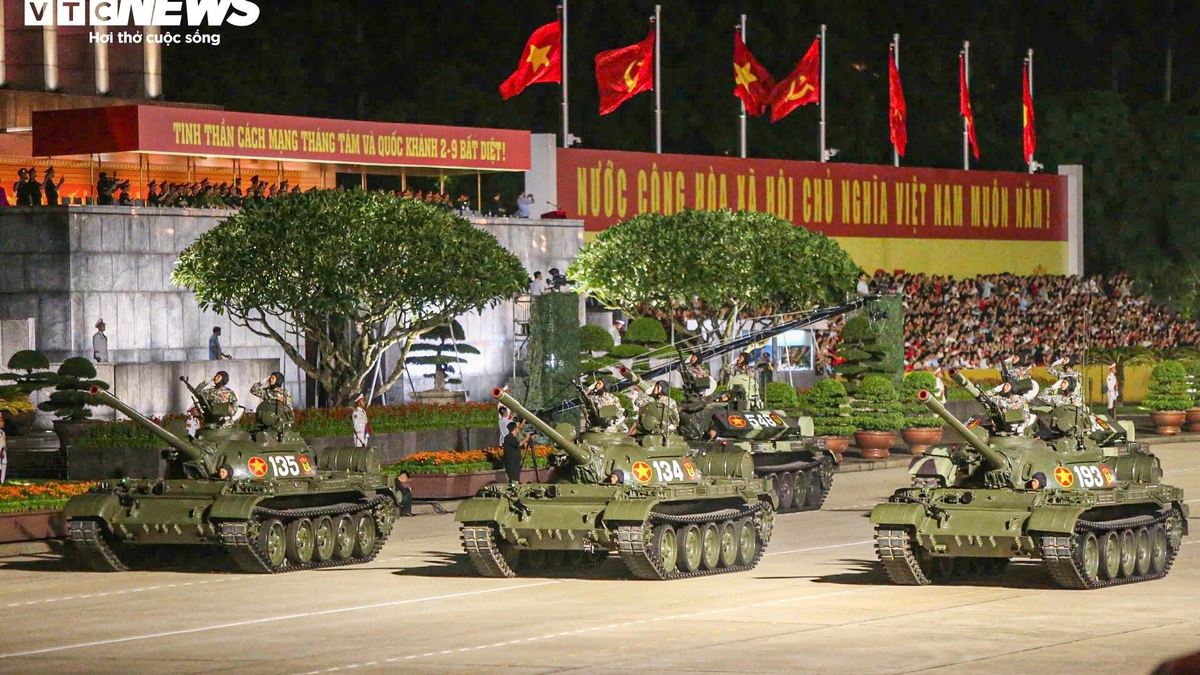
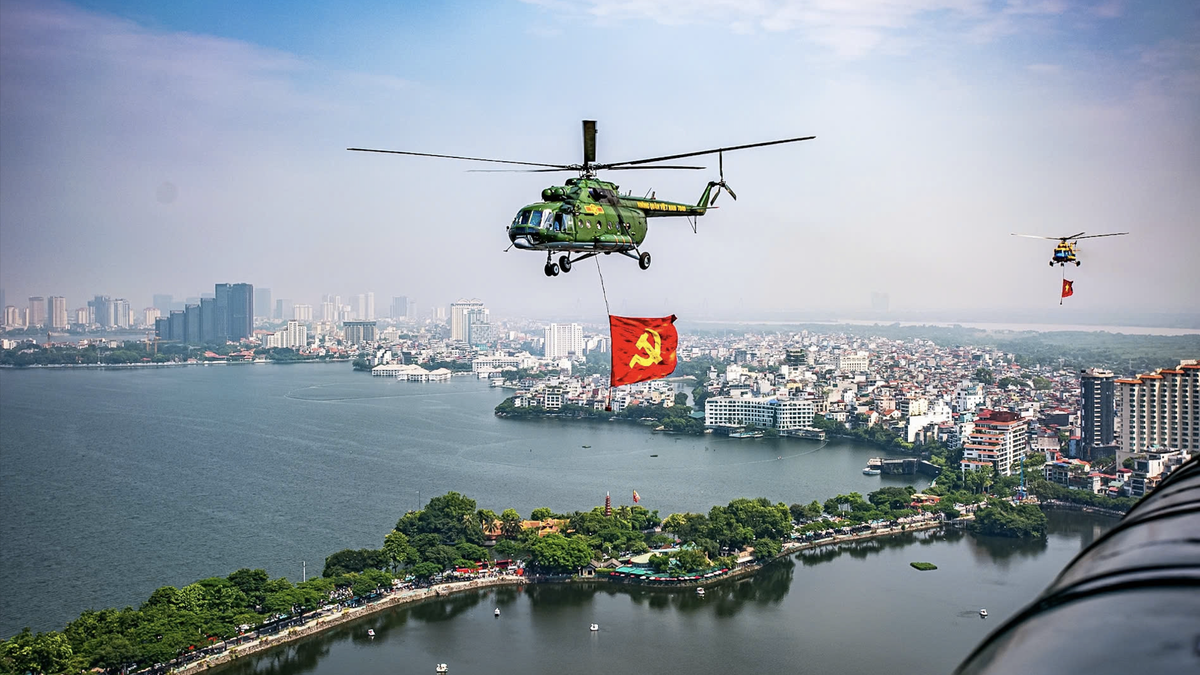
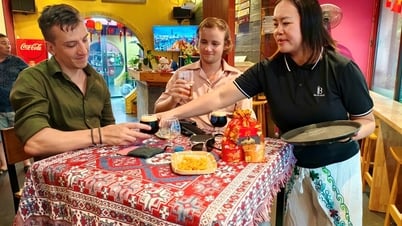
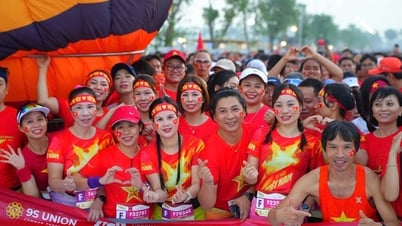
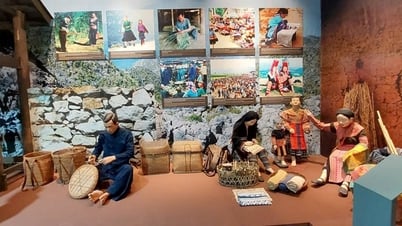
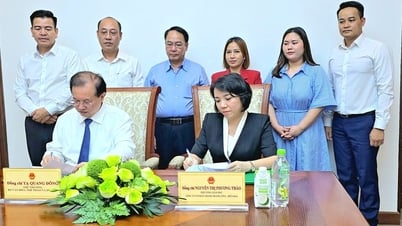
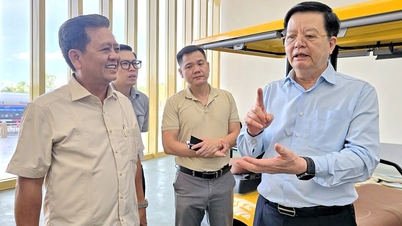
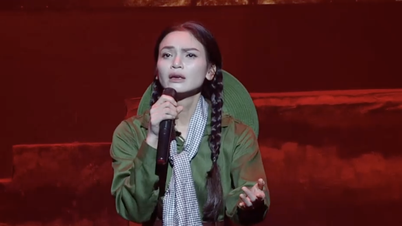

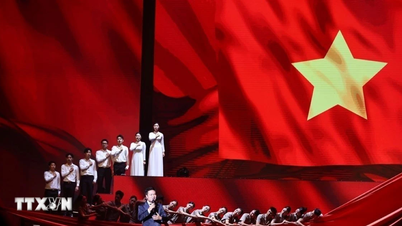

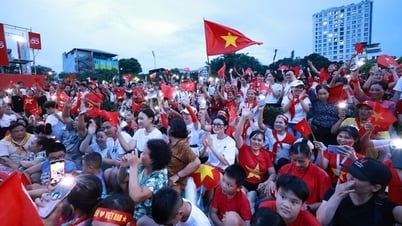

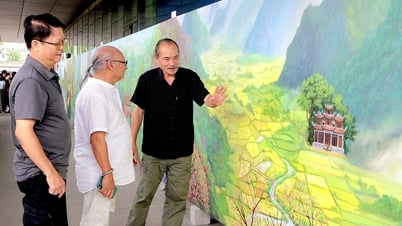






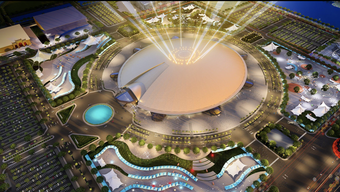
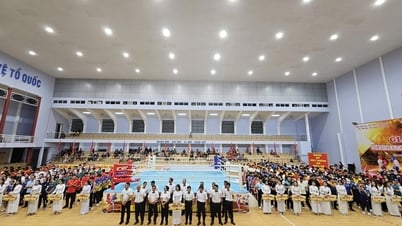
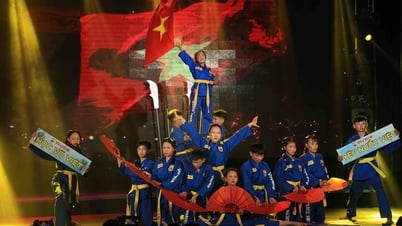
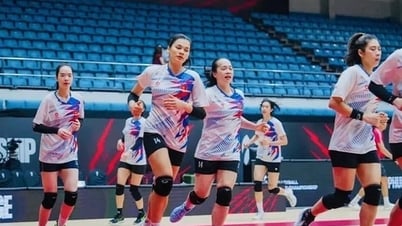
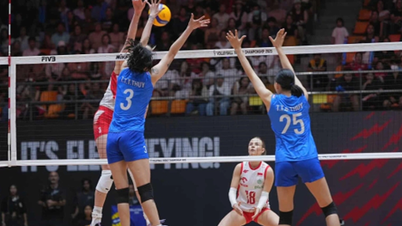
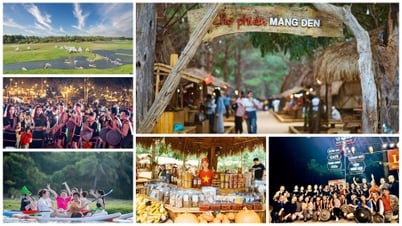
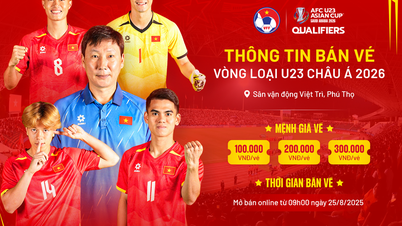


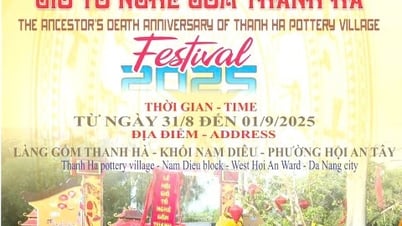

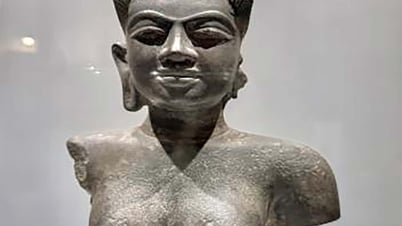

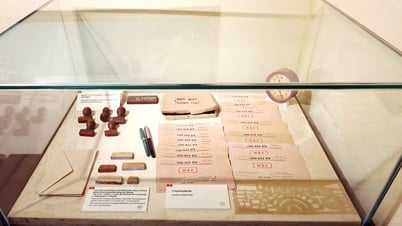


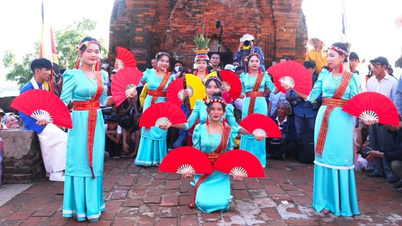

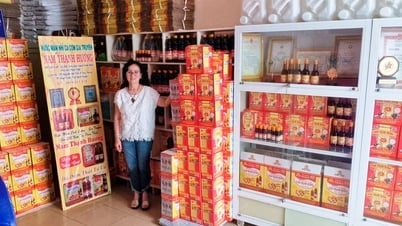



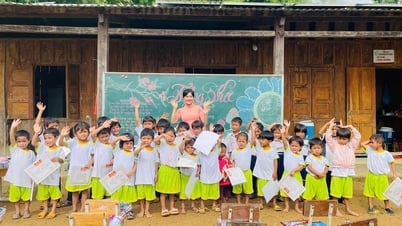


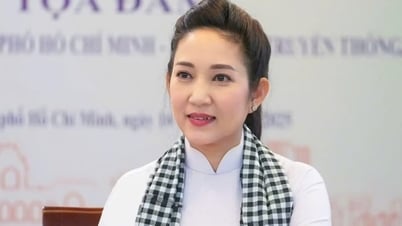


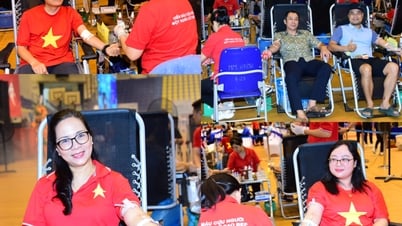
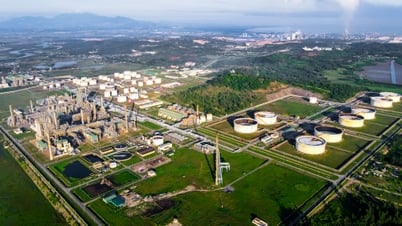






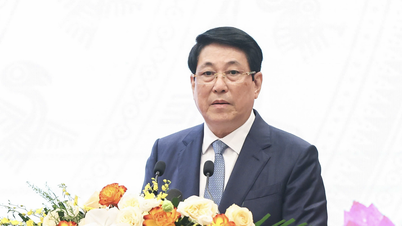


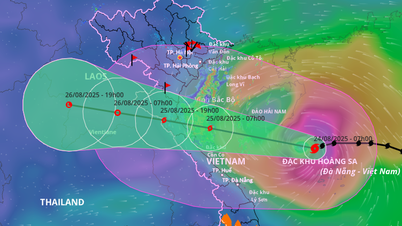
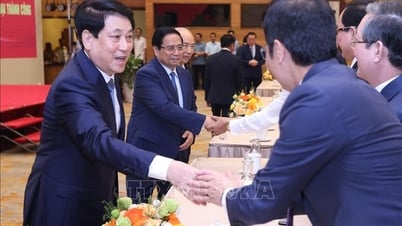


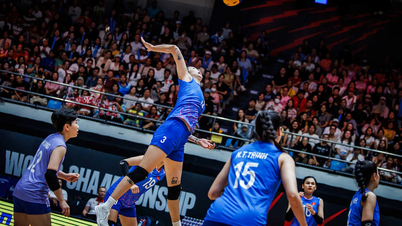
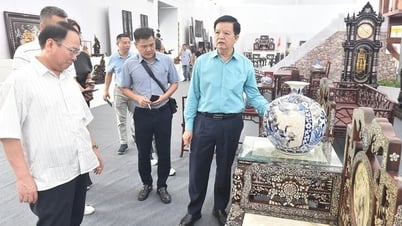

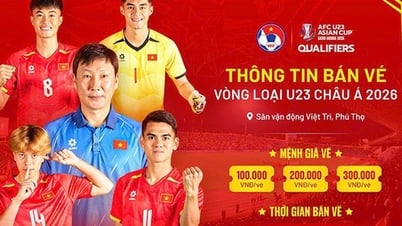
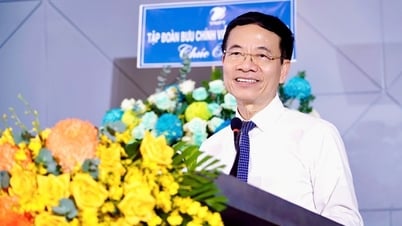

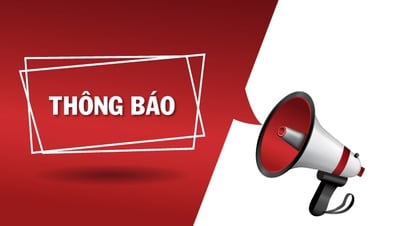

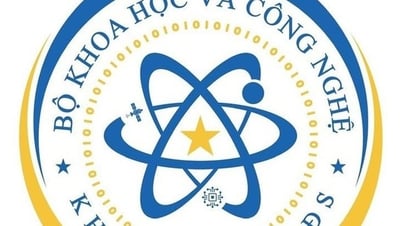



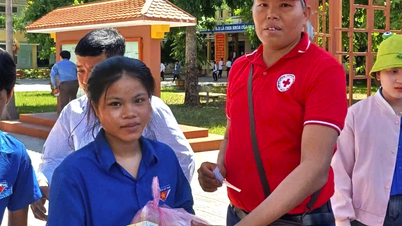

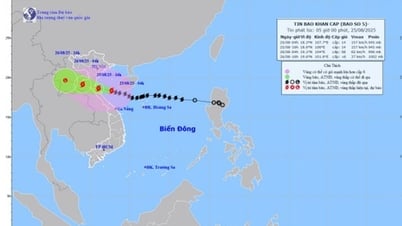

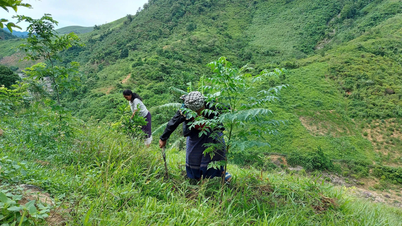
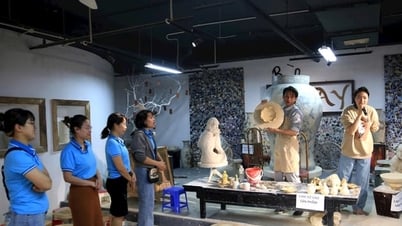
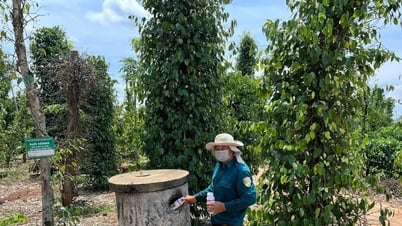
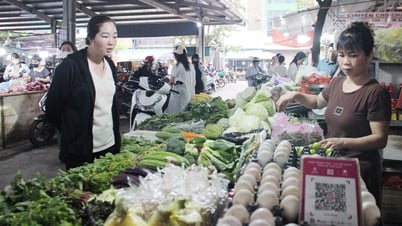

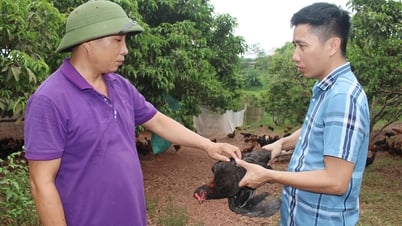
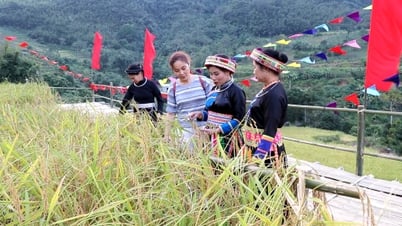

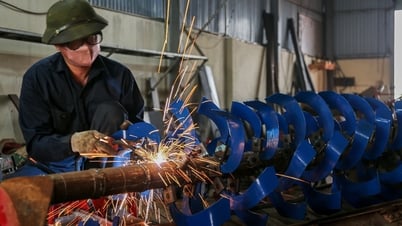
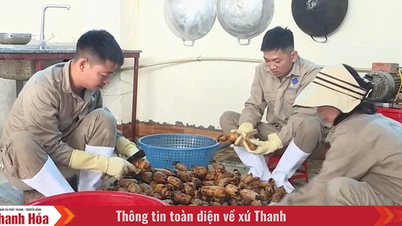

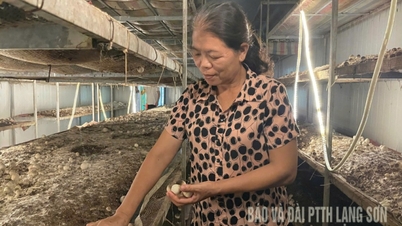


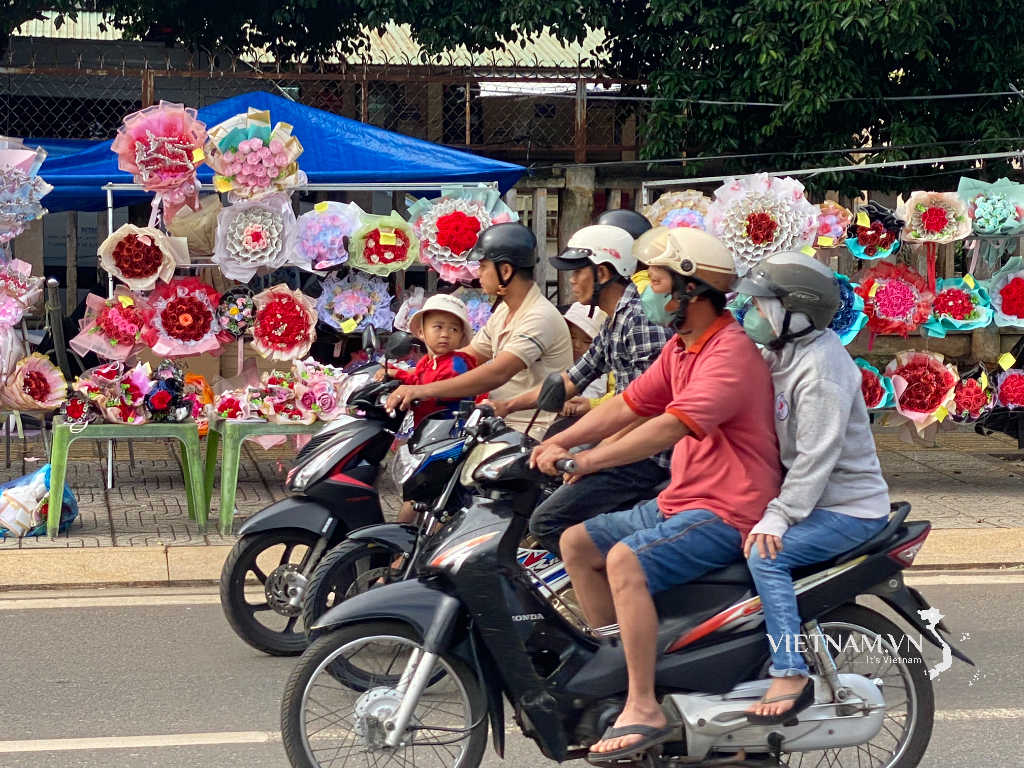

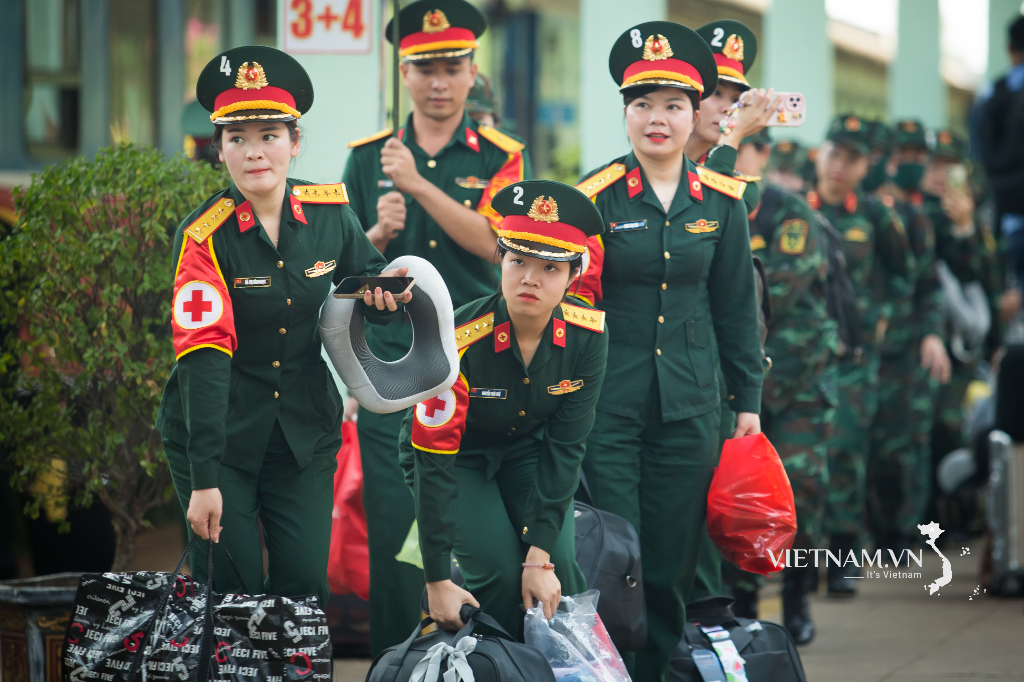

Comment (0)